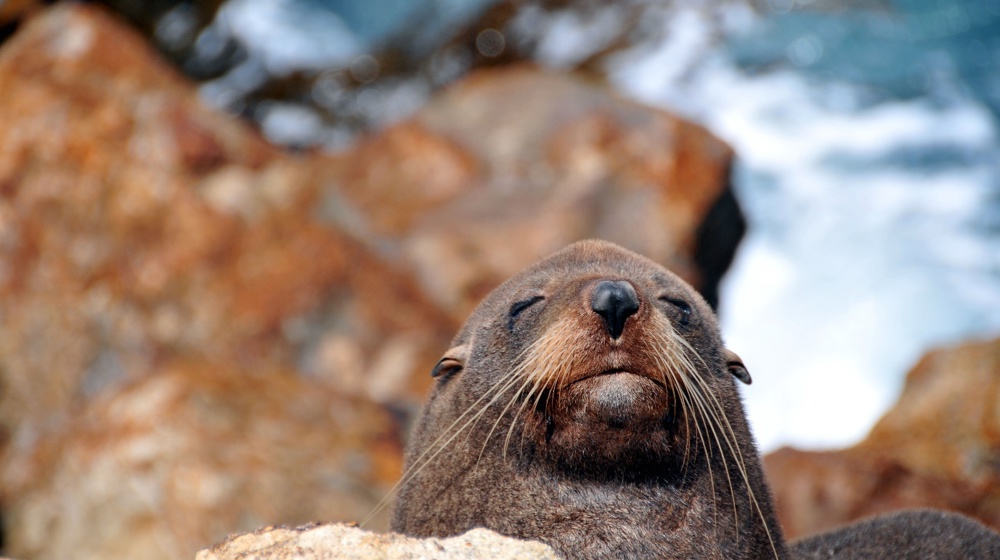Piupiu / Native crown fern (lomaria discolor) - Mount Aspiring National Park

New Zealand’s indigenous biodiversity is highly unique. Most of our native species exist nowhere else on Earth.
Otago is large (3.1 million hectares) and one of the most ecologically-diverse regions of New Zealand – from the alpine lakes of the West to Central Otago’s dryland environments, and the coastal forests of the East. We are internationally renowned for our unique wildlife – from albatross, penguins and sea lions along the Otago coastline, to skinks and geckos, through to alpine parrots in the West.

Our indigenous species and their habitats are a taoka (treasured possessions).

We have compiled a list of species found only in Otago.

We have published threat assessments on several group of species in Otago, including bats, birds, indigenous vascular plants and reptiles. You can read them all on our regional threat assessment page, with more to come.

Our Biodiversity Strategy outlines what we collectively want to achieve for biodiversity in Otago, and our Action Plan how we will achieve biodiversity outcomes.

We have developed a range of resources on indigenous biodiversity in Otago, including regional threat assessment reports, educational factsheets and posters about species, and an online native planting guide to inform ecological restoration efforts.

